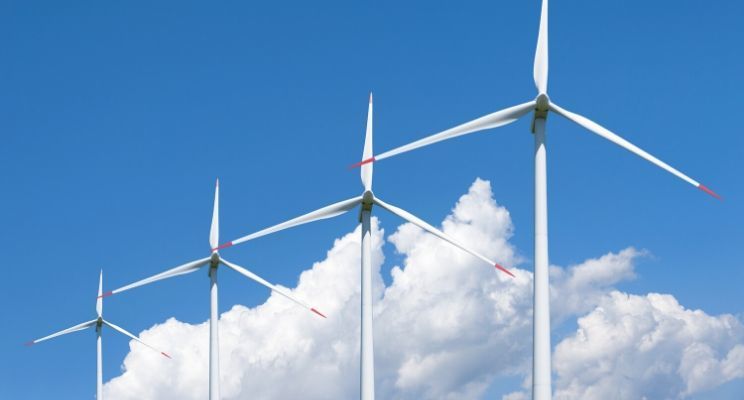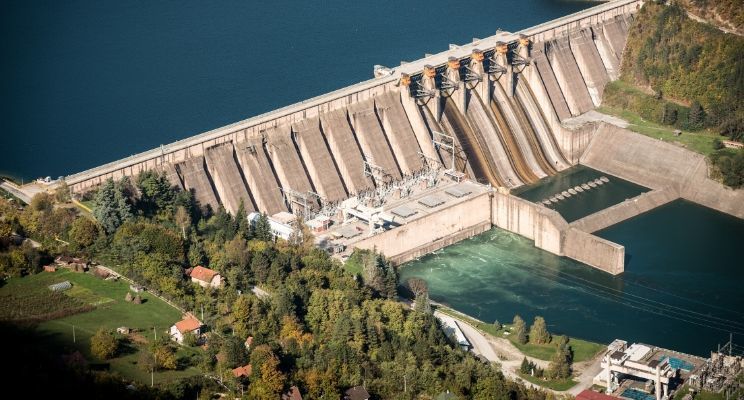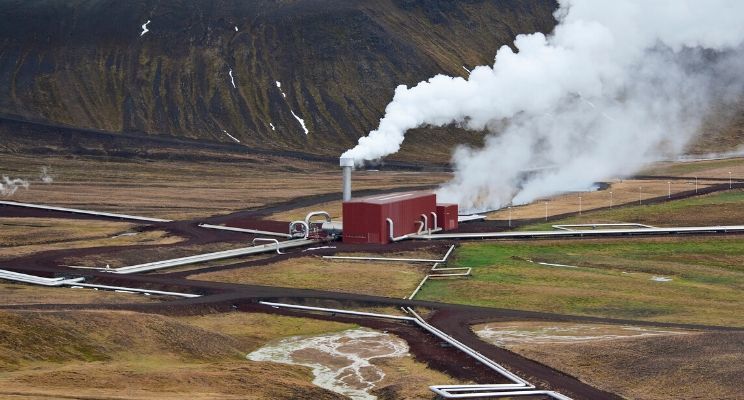How to meet demand with Renewable Energy
Plans to drastically change the way we live in order to tackle climate change will greatly reduce the use of fossil fuels, but what exactly will replace them? We look at the different sources of renewable energy that will hopefully do just that and meet demand.
Electricity Demand to rise
The pressure is on for every nation to cut their carbon emissions and as a result, the focus has turned to renewables.
Wind power now generates more electricity than coal, but as demand for energy is set to rise sharply as a result of a growing population and government plans to hit net zero carbon emissions by 2050, renewable sources will need to fill in the supply gaps.The different types of electricity production
Fortunately, there are now many ways to create power via more renewable and sustainable methods. If the 2050 target is to be achieved, each of the following sources will need to be utilised as well as the development and creation of new methods.
Wind
In a recently released report by academics at Imperial College London the UK has seen the most rapid decarbonisation of any nation on the planet.
This is largely down to the increased focus and investment on wind power which in 2019 broke records for energy production for the first time. With wind turbine technology improving and as more money pours into it we can expect to see wind power take a leading role in the UK’s drive toward net-zero carbon emissions.
Despite this, there are issues with wind turbines.
Some environmentalists have blamed wind farms for the death of countless birds and there are concerns over the amount of CO2 used in their production as well as how to dispose of them once they reach the end of their operational lifespans.
Tens of thousands of ageing wind turbine blades are coming down from steel towers around the world and most have nowhere to go but landfills. Due to how they’re constructed disposing of the worn blades and turbines is incredibly difficult raising concerns over just how eco-friendly they are.
Nuclear Power
With nuclear power, nuclear fission produces energy-generating steam that is then used to spin turbines and generate electricity.
The world is experiencing something of a nuclear power renaissance as according to the World Nuclear Association there are now 448 civilian reactors in operation and another 53 currently being built.
However, due to concerns from environmental groups over waste and the potential impact should the worst occur (Fukushima disaster is often cited) most of these new reactors are being built in Asia and Eastern Europe.
China is building more reactors that then the entirety of the western world combined as it seeks to improve air quality and shift away from coal power.
The UK hasn’t given up on nuclear either with the construction of new nuclear power stations planned. Rolls Royce also recently announced that it was planning to build, install, and operate up to 15 mini nuclear reactors over the next 9 years.
Read: The Nuclear option needed to hit UK carbon emissions targets says NIAHydropower
The UK is a pioneer when it comes to hydropower as it first used water to produce electricity way back in 1879 when the first hydroelectric generator was designed to power a single incandescent lamp.
Today the bulk of the country’s hydropower is created in the mountainous regions of Scotland and Wales and provides around 2% of the nation’s electricity. As wind power has grown hydropower has been regularly called upon to provide support to ensure enough supply to the grid.
There are plans to build 3 new hydropower generation sites with 1 in Wales and 2 planned for Scotland.
Biomass
Biomass is perhaps the most useful renewable source of energy in the UK, ahead of wind and solar. Biomass covers the use of all organic material including that from plants, trees (for example straw, crops or wood) and animals (for example poultry litter). Typically, this material is converted into pellets that are burned to power turbines or internal combustion generators.
It is considered a renewable form of energy production as biomass growth removes carbon dioxide from the atmosphere and stores it in the soil, plants or trees.
Unlike wind or solar Biomass doesn’t depend on certain weather making it much more flexible and useful as a sustainable energy source. Currently, there are 200 biomass generators in operation providing 7-9% of the UK’s energy needs. In future, the Committee on Climate Change is aiming for biomass to provide up to 15% of all energy needs by 2050 .Solar power
The UK is well known for its miserable weather but that hasn’t stopped companies investing in solar power.
It took a hit last year when the government’s Feed in Tariff (FiT) scheme which paid those who installed energy-generating solar panels for what they generate for the grid ended in March 2019.
Since then there has been a drop in the number of solar panel installations. However, to remediate this the new Smart Export Guarantee (SEG) has been introduced. Under the scheme, all licensed energy suppliers with 150,000 or more domestic customers must provide at least one SEG tariff.
Despite the often-dreary weather, the UK has the 3rd highest solar energy output in Europe and currently makes up 3% of the country’s renewable energy mix.
Geothermal
Despite not being volcanically active there are parts of the UK that make geothermal energy production possible, especially at shallow depths due to the solar radiation stored within it.
In places like Devon and Cornwall where Granite is prevalent geothermal energy can be harnessed from the natural radioactive decay of elements such as thorium, uranium and potassium. This heat can be harnessed by ground source heat pumps which can be used to heat homes and businesses.
Currently, the UK is still in the early stages of utilising geothermal energy. In Redruth, in Cornwall, a deep geothermal power plant is in development as well as another site at the Eden Project. As yet there are no deep geothermal plants, but experts believe that geothermal could meet 20% of the UK’s energy demand.
Whether the above methods of energy generation will be able to meet the expected increased demand of electricity once the proposed plans of replacing all fossil fuel using cars and power stations with electric cars and renewables. Either way the industry has until 2035 to try.Further Reading
With public support for Renewable Energy rising there’s opportunity for Energy Suppliers
UK’s renewable energy push drives fastest decarbonisation in the world
Crazy Renewable Energy Ideas that just might work
Dyball Associates are proud to help new supply businesses successfully launch in the UK market.
Through our energy market consultancy services, and the software we’ve developed, we’re supporting new UK electricity and gas suppliers get set up and start supplying.
For more information on how to start and manage an energy company, get in touch with Dyball Associates today.
Follow us on Twitter and LinkedIn to keep up to date with the latest news and updates in the energy industry.










